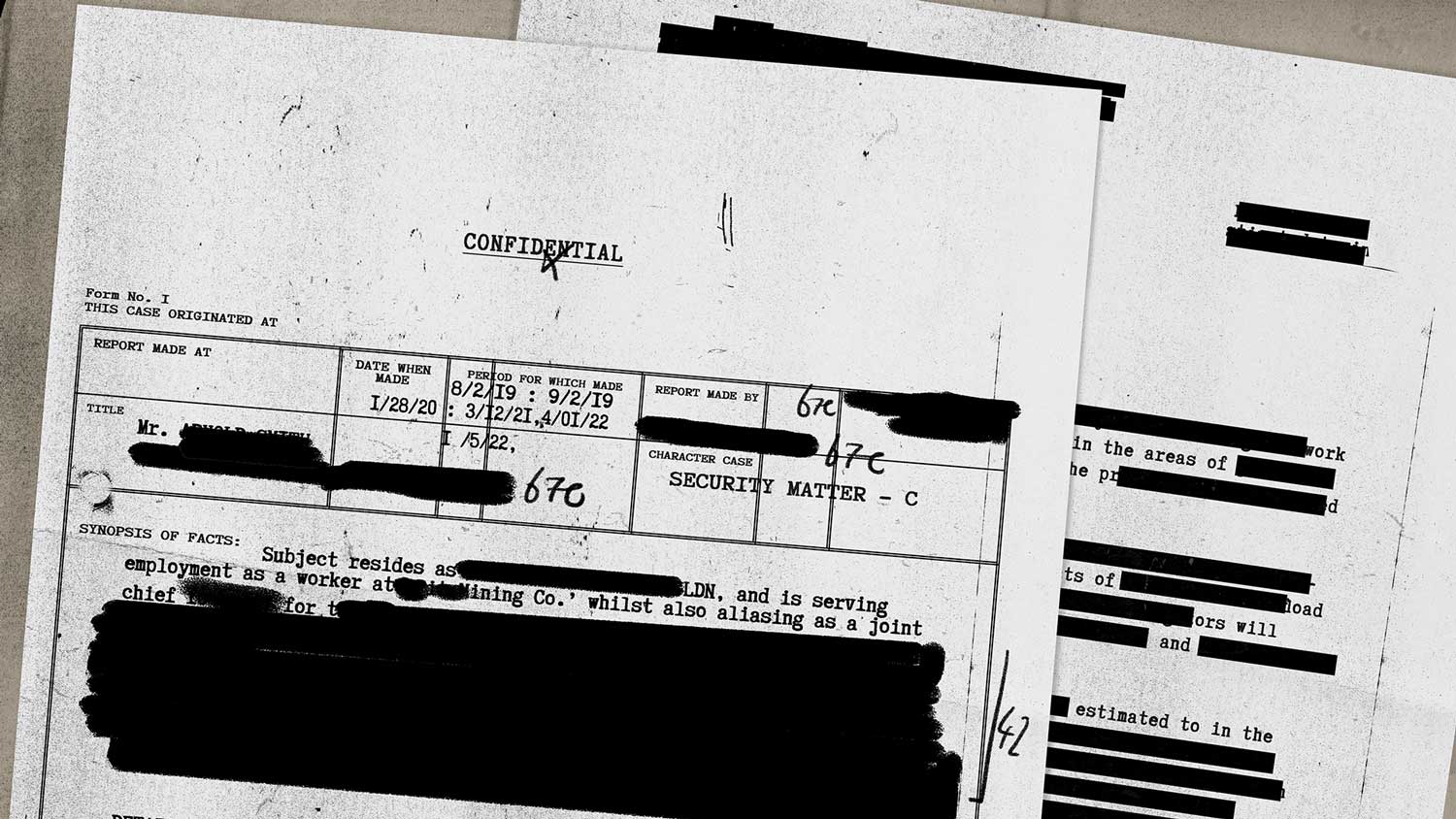Navigating Document Scanning Regulations: A Comprehensive Guide
Table of contents
In the digital age, businesses rely heavily on document scanning to streamline operations, reduce paper clutter, and enhance efficiency. However, the world of document scanning is not a lawless frontier; there are important regulations and legal considerations that organizations must navigate. In this comprehensive guide, we'll delve into the legal and regulatory aspects of document scanning, offering businesses a roadmap to stay compliant with industry-specific requirements. Please note that we are not lawyers, and this guide is not legal advice.
Document scanning has revolutionized the way businesses handle information. It has enabled the shift from paper-based processes to digital workflows, improving accessibility, collaboration, and efficiency. But with the benefits come responsibilities. Organizations must be aware of the legal and regulatory landscape to avoid potential pitfalls and ensure compliance.
Understanding the Regulatory Landscape
Data Protection Laws
Data protection laws such as the General Data Protection Regulation (GDPR) in Europe and the Health Insurance Portability and Accountability Act (HIPAA) in the United States impose strict rules on the handling of personal and sensitive information. Businesses must understand how these laws impact the scanning and storage of documents containing such data.
Industry-Specific Regulations
Certain industries, like healthcare and finance, have specific regulations governing document scanning and data management. For instance, the Payment Card Industry Data Security Standard (PCI DSS) applies to organizations that handle credit card information.
Retention Requirements
Many countries have laws specifying how long certain types of documents must be retained. Document scanning should align with these retention periods to ensure compliance.
Document Scanning Best Practices
Steps to Compliance
Risk Assessment
Begin by conducting a risk assessment to identify the types of data you handle and their sensitivity. This assessment will guide your compliance efforts.
Secure Scanning
Use secure scanning practices, including encryption during transmission and storage, to protect data. Ensure that scanning equipment is regularly updated and maintained to minimize security vulnerabilities.
Access Controls
Implement access controls to restrict who can view and edit scanned documents. Only authorized personnel should have access to sensitive information.
Data Destruction
When documents are no longer needed, follow proper data destruction procedures. Shredding or secure disposal of physical copies and secure deletion of digital files are crucial.
How DocCapture Supports Compliance
At DocCapture, we connect organizations with pre-vetted scanning companies that understand the importance of compliance. Our partners adhere to industry-specific regulations and best practices, ensuring that businesses can trust their document scanning services.
Ready to Navigate Document Scanning Regulations?
Fill out our "Get a Quote" form to connect with top document scanning companies that prioritize compliance. Protect your organization and data with DocCapture.
Conclusion
Document scanning is a powerful tool for modern businesses, but it comes with legal responsibilities. Understanding the regulatory landscape, implementing best practices, and working with trusted scanning partners like DocCapture are essential steps in staying compliant. By following this comprehensive guide, organizations can harness the benefits of document scanning while navigating the complex world of regulations.
Share this
You May Also Like
These Related Stories

Let's Consider Medical Record Scanning for Your Healthcare Institution

Redact Documents for Legal Compliance in the Digital Age

